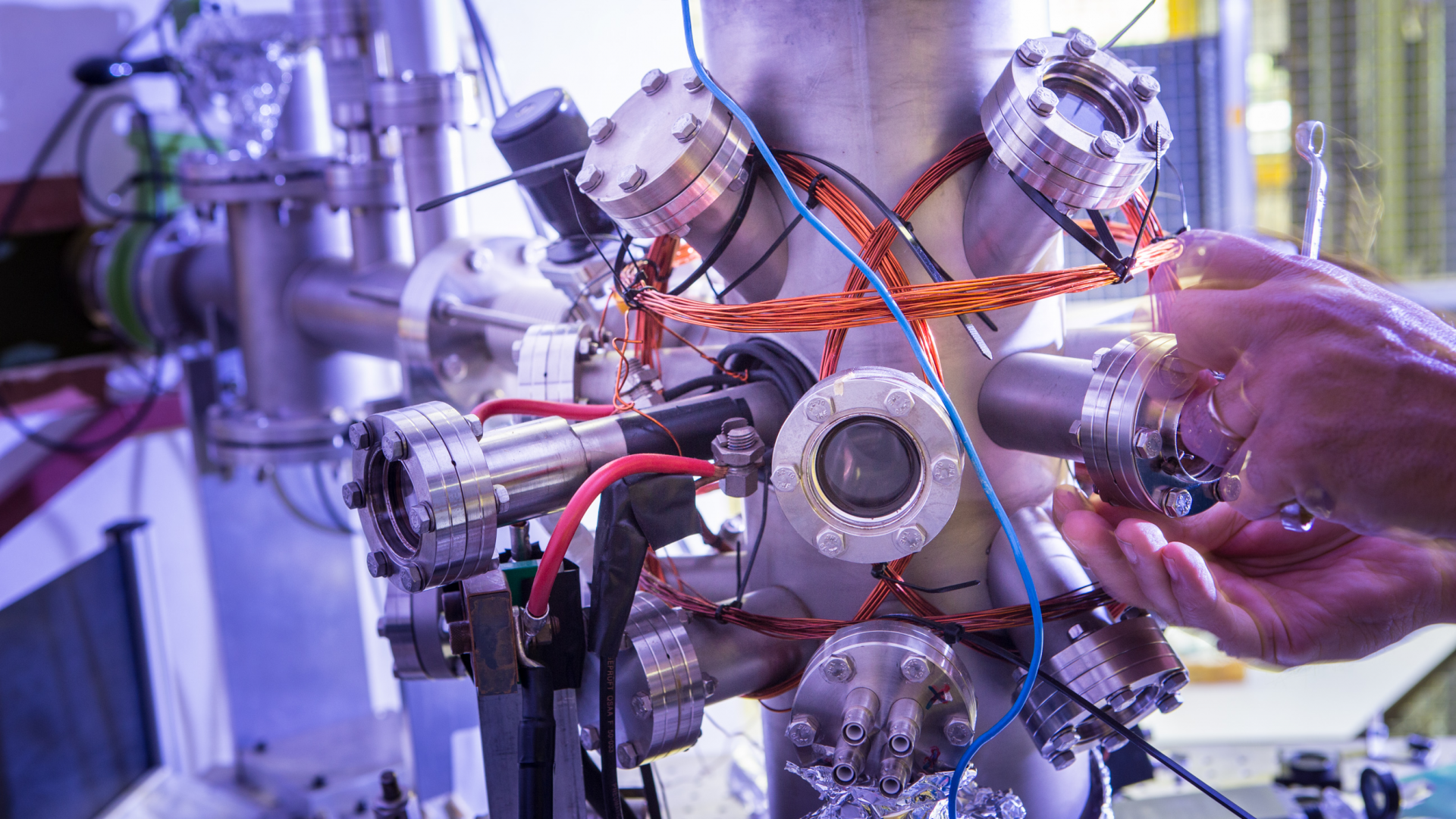The Surface-Topography Challenge: A Multi-Laboratory Benchmark Study to Advance the Characterization of Topography
Surface performance is critically influenced by topography in virtually all real-world applications. The current standard practice is to describe topography using one of a few industry-standard parameters. The most commonly reported number is a, the average absolute deviation of the height from the mean line (at some, not necessarily known or specified, lateral length scale). However, other parameters, particularly those that are scale-dependent, influence surface and interfacial properties; for example the local surface slope is critical for visual appearance, friction, and wear. The present Surface-Topography Challenge was launched to raise awareness for the need of a multi-scale description, but also to assess the reliability of different metrology techniques. In the resulting international collaborative effort, 153 scientists and engineers from 64 research groups and companies across 20 countries characterized statistically equivalent samples from two different surfaces: a “rough” and a “smooth” surface. The results of the 2088 measurements constitute the most comprehensive surface description ever compiled. We find wide disagreement across measurements and techniques when the lateral scale of the measurement is ignored. Consensus is established through scale-dependent parameters while removing data that violates an established resolution criterion and deviates from the majority measurements at each length scale. Our findings suggest best practices for characterizing and specifying topography. The public release of the accumulated data and presented analyses enables global reuse for further scientific investigation and benchmarking.








